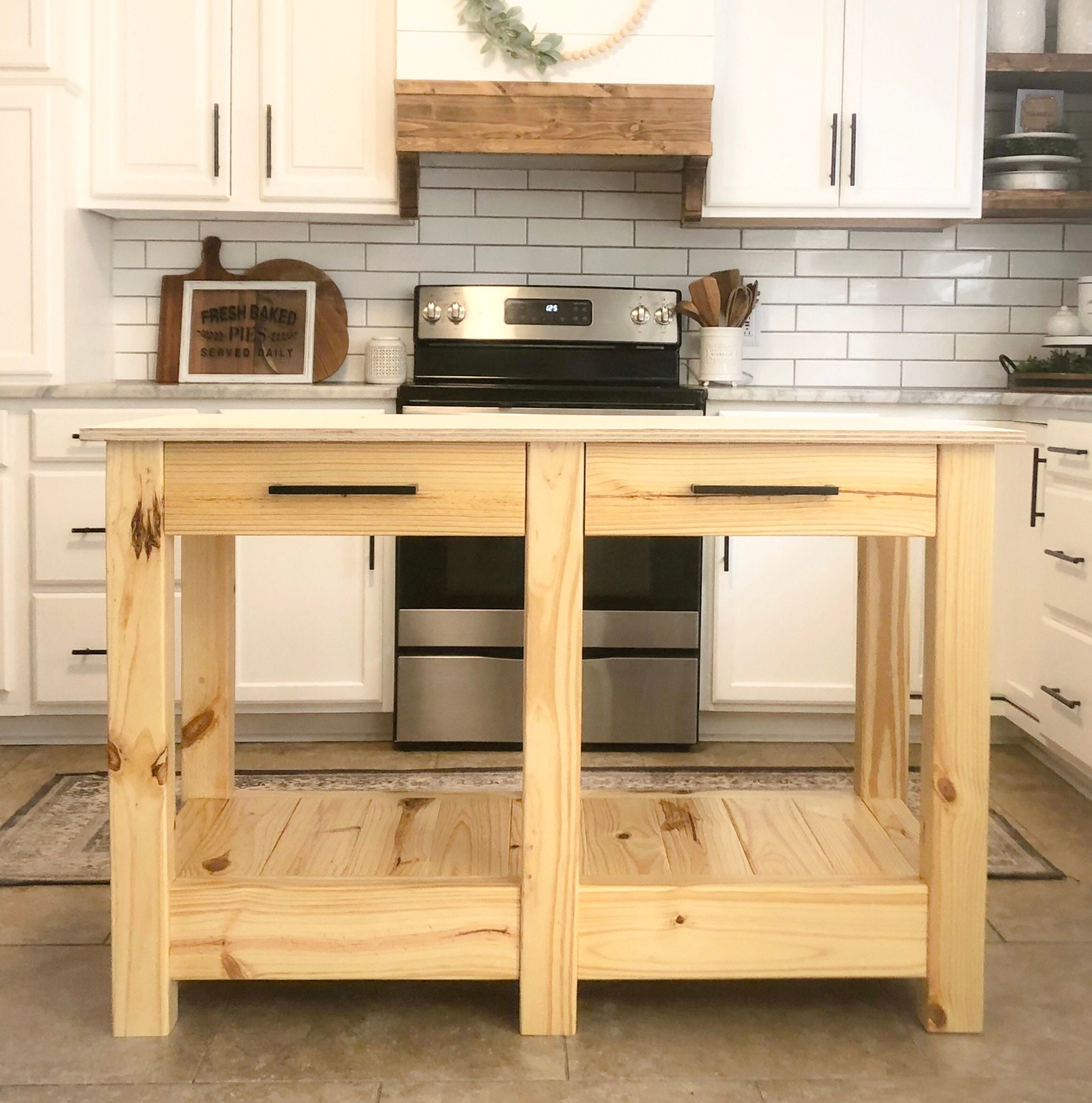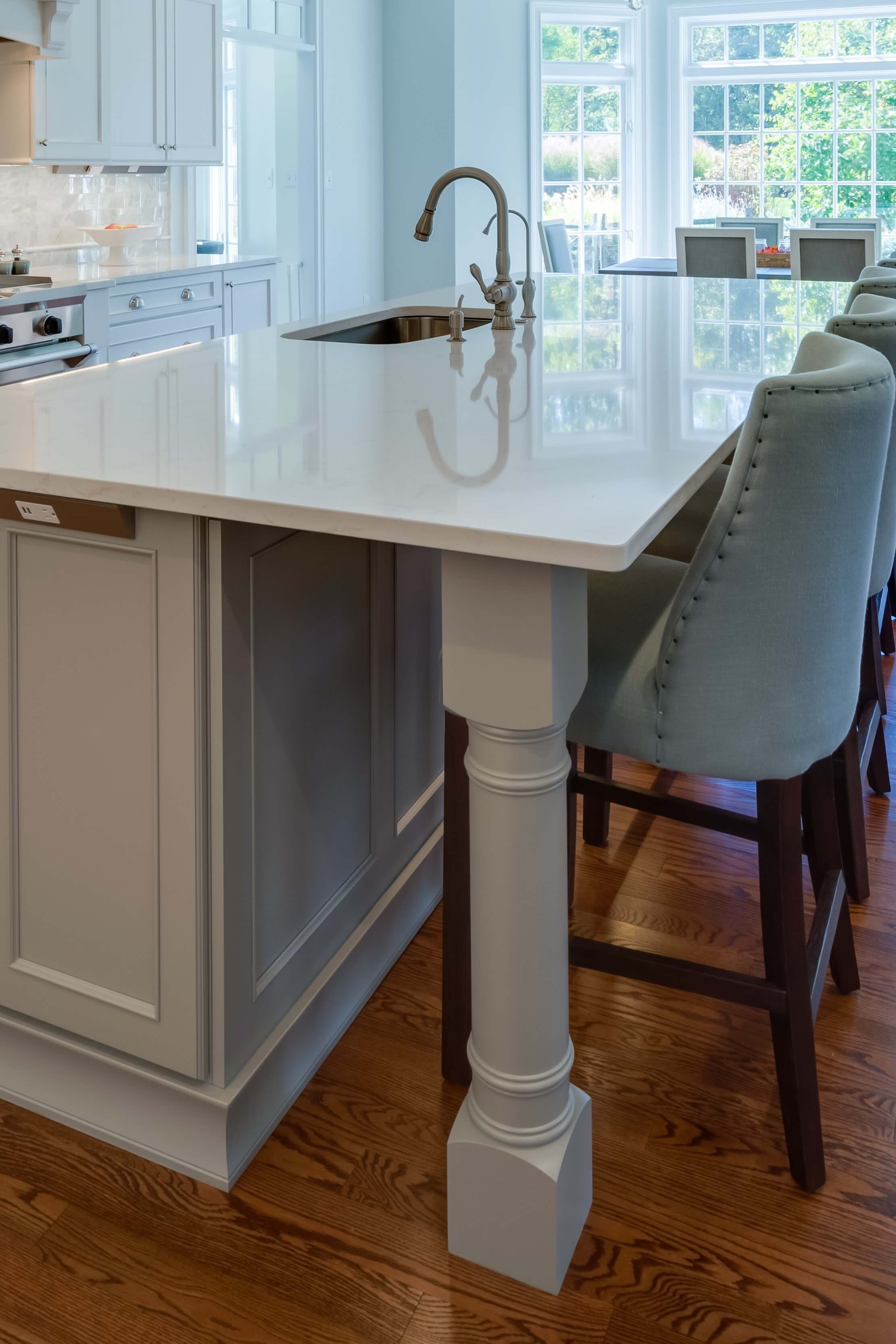Boost Your Area with Trendy Legs For Kitchen Island Layouts
Boost Your Area with Trendy Legs For Kitchen Island Layouts
Blog Article
Key Considerations for Finding the very best Legs For Cooking Area Island for Your Style
When choosing the excellent legs for your cooking area island, numerous crucial considerations enter play that can dramatically affect both functionality and aesthetic appeals. The choice of design, height, and product have to line up with your total kitchen area design to make certain a harmonious appearance. Furthermore, security and upkeep requirements are critical for long-lasting usage and simplicity of treatment. Comprehending these factors can improve your kitchen's functionality and aesthetic charm, yet the nuances of each factor to consider can frequently be forgotten. What implications might these selections have on your kitchen area's total atmosphere?
Determine Your Design Choice
When choosing the excellent legs for your cooking area island,Identifying your design choice is critical. The legs of your kitchen island not only serve a functional purpose but also contribute considerably to the general aesthetic of the area. As a result, determining your layout style-- be it contemporary, rustic, standard, or commercial-- is necessary.
For a contemporary kitchen area, consider streamlined, minimalistic legs that match clean lines and open rooms. Standard kitchens often prefer turned or luxuriant legs, which can include a touch of elegance and elegance.
Furthermore, consider the elevation and percentage of the legs in connection with the island's surface area. This ensures the aesthetic equilibrium and functionality needed for everyday use. Assessing the existing elements in your kitchen area, such as kitchen cabinetry and home appliances, can additionally guide your decision, making sure cohesiveness in style. Eventually, your design choice will influence not just the selection of legs but likewise the general consistency of your cooking area's design.
Choose the Right Material
Selecting the best product for your cooking area island legs is crucial in ensuring both resilience and aesthetic charm. Different materials provide unique benefits, and the option commonly mirrors your layout choices and practical demands.
Timber is a prominent option, offering warmth and flexibility. It can be discolored or painted to match your kitchen decor, making it adaptable to numerous designs, from rustic to modern. Wood might call for routine maintenance to preserve its look and honesty.

If you look for an one-of-a-kind touch, take into consideration acrylic or glass materials. They can develop an illusion of area and agility in your kitchen, making them an exceptional choice for smaller locations - Legs For Kitchen Island. These options may need mindful handling and maintenance to avoid scratches.
Inevitably, the product you choose ought to line up with your cooking area's total design, guaranteeing that the legs offer both useful and decorative functions.
Take Into Consideration Elevation and Percentages
When developing a kitchen area island, height and proportions play an important function in making sure capability and convenience,. The common elevation for a cooking area island generally ranges from 36 to 42 inches, aligning with conventional counter heights or bar elevations, specifically. This measurement is crucial for balancing with surrounding stools and kitchen counters, making it possible for convenience of usage during meal prep work and social communications.
Furthermore, the island's percentages need to complement the total kitchen area layout. Take into consideration the proportion between the island's size and size, ensuring it supplies sufficient surface location without crowding the kitchen area.
Moreover, the elevation of the legs or base can influence the aesthetic appeal and capability. Taller legs may offer a much more modern-day, airy feeling, while shorter ones can stimulate a conventional, based appearance. Inevitably, carefully taking into consideration height and percentages will lead to a kitchen island that try this web-site is both visually enticing and functionally efficient, boosting the overall style of the room.
Assess Stability and Toughness
A kitchen island's legs need to not just complement its height and percentages yet also supply adequate stability and toughness to sustain daily activities. The legs are important to the overall performance of the island, as they birth the weight of the kitchen counter and any extra tons, such as devices or food prep work tasks.
When evaluating security, it is critical to consider the leg design and product. As an example, tough steel or solid hardwood legs commonly use remarkable stamina compared to lighter materials like crafted timber or plastic. Additionally, a wider base can enhance stability, decreasing the risk of tipping or wobbling during use.
Resilience is equally essential; the legs ought to resist wear and tear from everyday use. Take into consideration coatings that shield versus scrapes, dents, and moisture, especially in a kitchen setting. In addition, review the high quality of building, their website such as fastenings and joints, which can significantly influence the legs' long-lasting performance.
Inevitably, buying well-crafted legs that prioritize security and sturdiness will guarantee your kitchen area island continues to be a reliable work space for many years to come, boosting your cooking experiences while maintaining visual appeal.
Factor in Upkeep and Care
Upkeep and care are important considerations for making certain the durability and performance of kitchen area island legs. When selecting legs, it is vital to assess the products used, as various options call for varying levels of maintenance. Wood legs may call for routine refinishing or sealing to prevent dampness damages and scratches, while metal legs might require regular brightening to keep their shine and avoid rust.
Additionally, the coating applied to the legs can affect maintenance requirements. A high-gloss finish might be much easier to clean but might show fingerprints and scrapes quicker than a matte surface. It is suggested to choose materials and surfaces that match your way of living; for instance, if you frequently host events, select long lasting products that can hold up against wear and tear.
Additionally, consider the cleaning process included in preserving these legs. Smooth surfaces typically need marginal initiative, while complex layouts might collect dirt and gunk, requiring even more labor-intensive cleaning techniques. Legs For Kitchen Island. Eventually, factoring in the maintenance and care needed for your picked cooking area you can check here island legs will certainly not just improve their aesthetic appeal but also guarantee their useful honesty gradually
Final Thought
In final thought, choosing the optimal legs for a kitchen island demands mindful factor to consider of different elements, including layout style, material choice, maintenance, stability, and height. Each aspect plays a vital duty in making sure that the legs not just enhance the visual appeal of the kitchen but also offer the essential support and sturdiness for everyday usage. A knowledgeable decision will inevitably contribute to a practical and visually pleasing kitchen area environment.
The legs of your cooking area island not only offer a functional purpose yet likewise contribute dramatically to the overall visual of the space.Upkeep and care are essential considerations for making certain the durability and efficiency of kitchen island legs. Wood legs may need routine refinishing or sealing to protect against moisture damages and scrapes, while metal legs might require regular brightening to keep their luster and protect against rust.
Eventually, factoring in the upkeep and care required for your selected cooking area island legs will not only boost their aesthetic appeal however additionally ensure their practical honesty over time.

Report this page